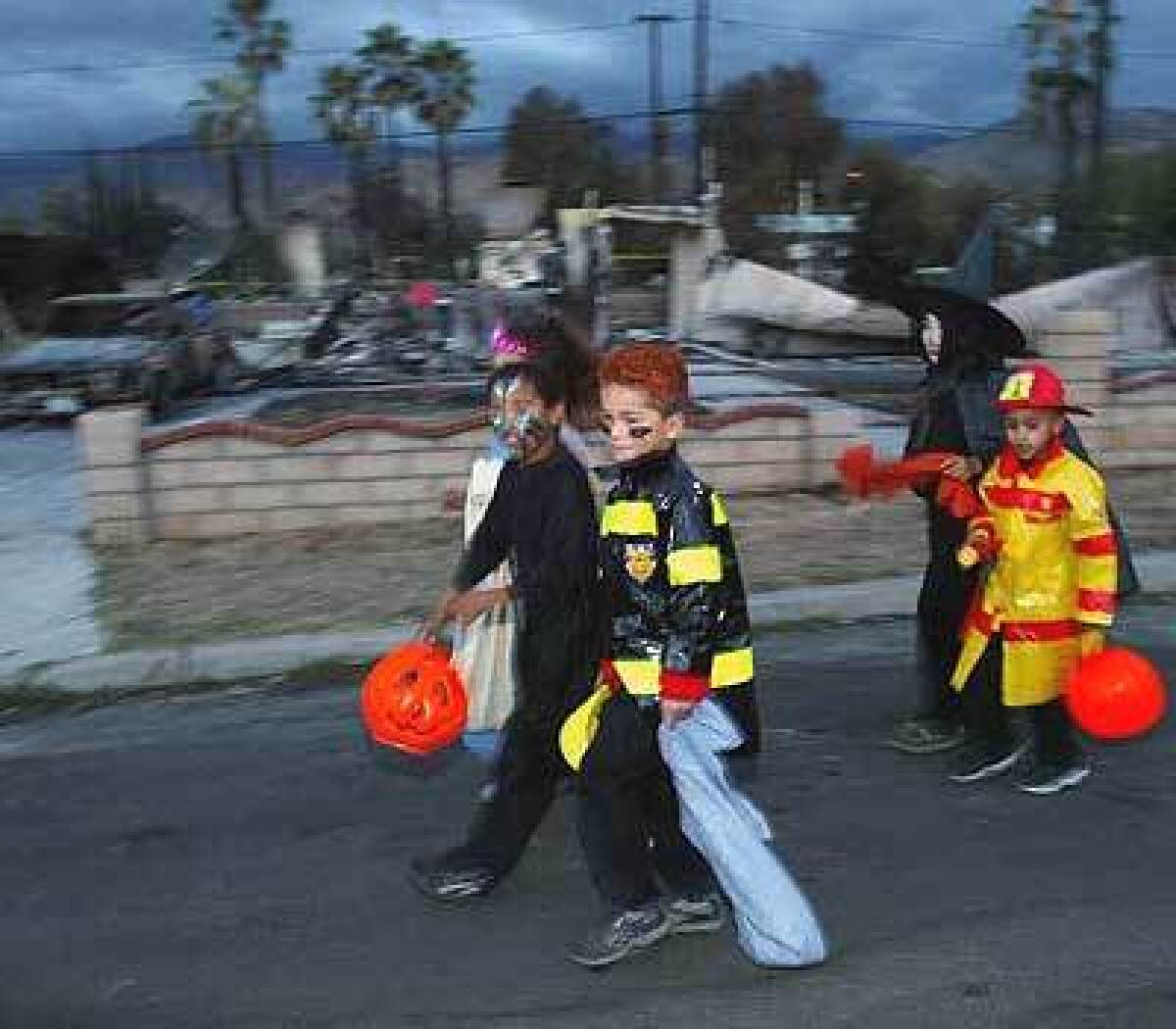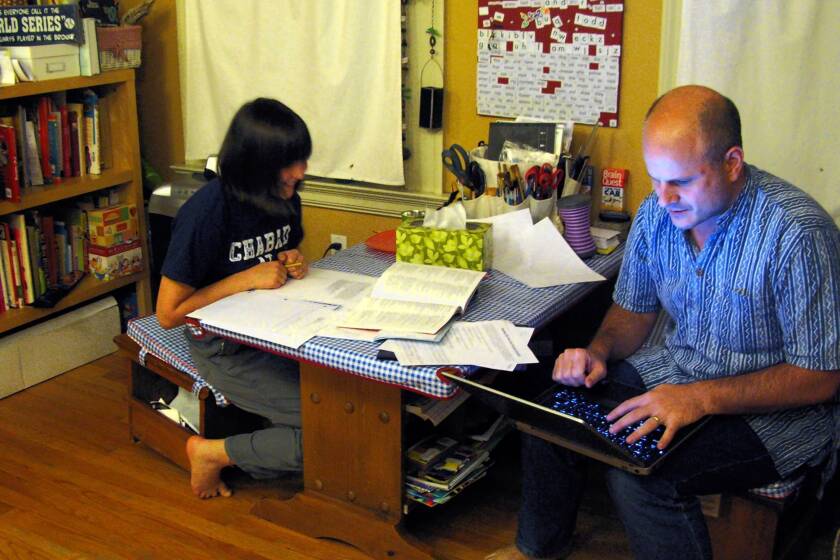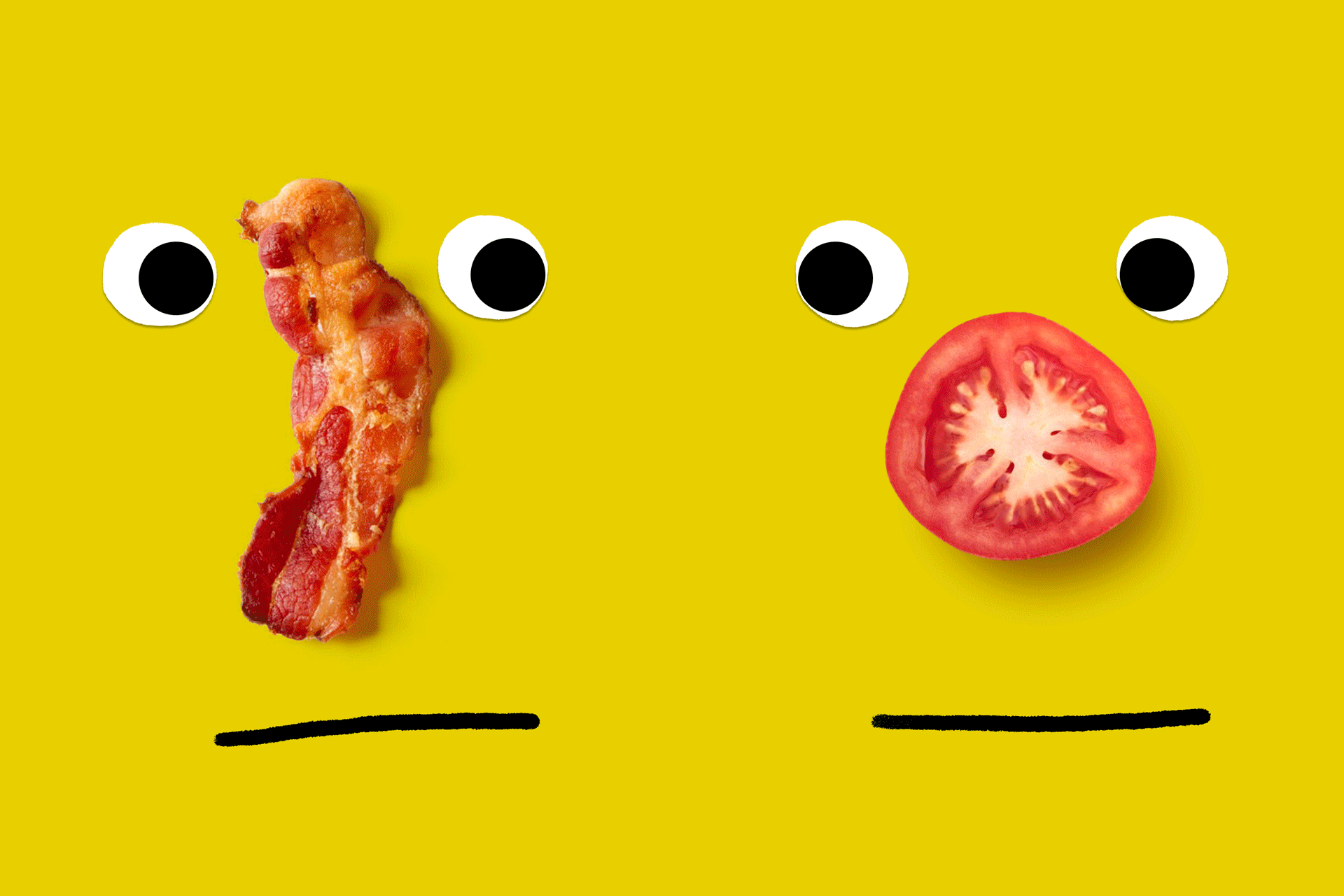Can a Halloween costume influence a trick-or-treater’s honesty?

- Share via
To the 544 trick-or-treaters who walked up to Joshua Tasoff’s porch in Monrovia, it was just a stormy Halloween night replete with costumes and candy.
To Tasoff, it was the perfect setting for a science experiment.
A behavioral economist at Claremont Graduate University, Tasoff was curious about the ways in which costumes might affect someone’s identity and their ethical choices. He thought he might be able to see it in action by testing whether the costumes children wore had any influence on their propensity to cheat in a simple game.
“You have all these kids that are getting dressed up in costumes once on a year,” Tasoff said. “I thought, ‘This is a golden opportunity — I have to do something.’”
Clothes make the man, as they say, and there’s evidence that they influence behavior as well. For instance, researchers have found that lab coats can make the wearer perform better on attention-related tasks, and that school uniforms seem to reduce disciplinary referrals.
If lab coats and uniforms could make a difference, what about a full-blown costume?
Behavioral economists are taking advantage of Halloween’s steady stream of young doorbell ringers, using them to gain insight into kids’ thinking and development. They’re paid in candy, of course.
Costumes have coincided with anomalous behavior since Halloween’s earliest days, Tasoff said. The holiday is derived from Samhain, a Celtic spiritual festival in which pranksters donned costumes to hide their identities.
(It’s not the only occasion when apparel and antics intersect: The mask-wearing tradition at Venice’s Carnival developed alongside deviant activities such as mingling with other social classes, having secret affairs and generally partying it up.)
Tasoff wasn’t the first behavioral economist to turn All Hallow’s Eve into a scientific project. Dean Karlan at Northwestern University has engaged trick-or-treaters to study their tolerance of ambiguity, the influence of Michelle Obama on their healthy eating choices, and various other questions. Dan Ariely of Duke University has enlisted candy-seekers to learn about the ways that free goods affect kids’ decision making.
Tasoff and his graduate students came up with a two-part plan to test whether costumes connected to the trick-or-treaters’ propensity to cheat. Going in, they suspected that kids wearing “good guy” costumes would be more honest than those wearing the “bad guy” outfits.
One part involved asking trick-or-treaters about their costumes: Who are you today? Is that a “good guy” or a “bad guy”? Do you do good things or evil things? (Children were also asked how old they were, and a researcher wrote down other relevant information, including their genders and whether parents accompanied them.)
The other part involved a game. The trick-or-treaters were handed a cup that contained a traditional six-sided die. They were told to shake the cup and see what number came up. Any number from 1 to 5 would earn them one candy; a 6 would earn them two candies.
Here was the key: the trick-or-treaters were told that no one else would check the cup. Only they would know the true number on the top of the die.
So last Halloween, children were randomly assigned to one of two lines in front of Tasoff’s house. In one, kids were asked about their costumes before they played the game. In the other, the questions came at the end, when it was too late to influence how the kids played. About 24% of the costumes were bad guys, according to their wearers; 74% said they were good guys, and 2% said they were both or neither.
The researchers didn’t check to see whether each trick-or-treater cheated. But it was clear that cheating had occurred: With a 1-in-6 chance of rolling a six, a group of honest players should have reported that result — and claimed an extra candy — only 16.7% of the time.
Instead, when trick-or-treaters played the game before answering questions about their costumes, the ones dressed as good guys said they got a six 45% of the time, and those dressed as bad guys reported a six 68% of the time.
But to the researchers’ surprise, when trick-or-treaters answered the costume questions first — that is, when they were primed to think about their costumed identity — the pattern flipped: kids dressed as good guys claimed to have rolled a six 59% percent of the time, while those dressed as bad guys said they got a six 47% of the time.
The results could be a sign of a phenomenon known as moral licensing, the researchers wrote in a paper made public this month. That’s when people use their past good deeds to justify a bad action. If the costume questions primed trick-or-treaters to think of themselves as good guys, perhaps they subconsciously felt they had license to cheat. It’s also possible they felt they would be under less scrutiny and thus more likely to get away with cheating.
The children in bad-guy costumes, on the other hand, might have been less inclined to cheat because they may have felt that they were being watched and judged, Tasoff and his colleagues wrote. (The paper is currently under review for publication in an economics journal, Tasoff said.)
Marta Serra Garcia, a behavioral economist at UC San Diego who was not involved in the experiment, called it a creative study.
“It raises interesting questions, so it’s definitely thought-provoking,” she said.
But figuring out whether costumes were responsible for the change in game behavior was a tricky question, because the trick-or-treaters chose their own costumes. The only way to know for sure would be to randomize which costumes kids wear — which can’t practically be done.
Intriguing as the study results were, Tasoff said he and his crew are taking this Halloween off. The 2018 experiment involved more than a dozen graduate students to wrangle the trick-or-treaters, collect the data and otherwise manage the logistics. By the end of the night they had shouted themselves hoarse.
“We need a break,” Tasoff said. Instead, he’ll be hosting his students for the festive evening. “We’re going to take it easy and enjoy the neighborhood.”








